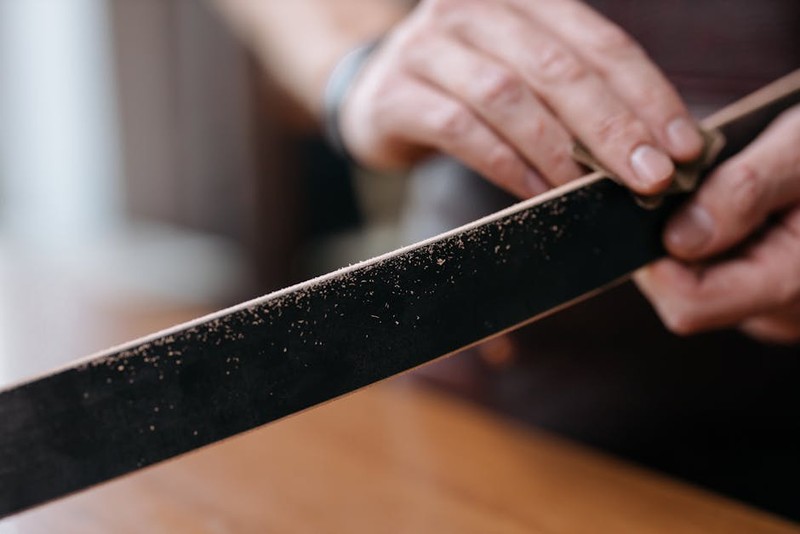The Hidden Challenge: Speed vs. Surface Quality
In rapid production runs, surface finishing often becomes the bottleneck. The demand for faster cycle times clashes with the need for precision finishes, especially in industries like aerospace, medical devices, and automotive. The key challenge isn’t just achieving a fine finish—it’s doing so consistently at scale.
From my experience, here’s where most teams stumble:
– Toolpath optimization: Aggressive feeds/speeds save time but introduce chatter or scalloping.
– Material variability: Even slight alloy differences can dramatically affect finish quality.
– Post-processing delays: Manual polishing or secondary operations kill throughput.
A Case Study in Aerospace Precision
In a recent project for an aircraft component, we faced a critical deadline: 500 units with a Ra ≤ 0.8 µm, delivered in 10 days. Traditional milling left visible tool marks, requiring hours of hand finishing. By reevaluating our approach, we:
1. Switched to trochoidal milling for reduced tool engagement and heat.
2. Integrated dynamic toolpaths (adaptive clearing) to minimize abrupt direction changes.
3. Used hybrid finishing: Diamond cutting for roughing + cryogenic deburring for final pass.
Results:
| Metric | Before Optimization | After Optimization |
|——–|———————|——————–|
| Cycle Time | 45 min/part | 32 min/part (-30%) |
| Ra Surface Finish | 1.2 µm | 0.6 µm |
| Reject Rate | 8% | 0.5% |
Expert Strategies for High-Speed Finishing
1. Tool Selection: Beyond the Basics
Not all end mills are created equal. For rapid runs:
– Opt for polished flutes (e.g., ZrN-coated tools) to reduce friction and built-up edge.
– Prioritize corner radius tools over sharp edges to distribute wear evenly.
– Experiment with variable helix angles to dampen harmonics (e.g., 35°/40° hybrids).
💡 Pro Tip: In a medical implant project, switching to a 5-axis ball nose cutter with a 0.1 mm stepover reduced post-processing by 60%.

2. Machine Parameters: The Unseen Levers
- Spindle harmonics matter: A 15,000 RPM setting might vibrate differently than 14,500 RPM due to resonant frequencies. Use FFT analysis to find “sweet spots.”
- Coolant pressure precision: High-pressure coolant (70+ bar) can improve chip evacuation but may warp thin walls. Test incrementally.

⚙️ Process Checklist: - Run a harmonic dampening test.
- Dial in coolant pressure based on wall thickness.
- Validate with a sacrificial part.
Innovative Alternatives to Traditional Finishing
Cryogenic Deburring: A Game Changer
For high-volume deburring, cryogenic systems flash-freeze parts at -196°C, making burrs brittle enough to break off with tumbling. In an automotive gear project, this cut deburring time from 12 hours to 90 minutes per batch.
Electropolishing for Metal Parts
Electrochemical finishing removes microscopic peaks without mechanical contact. Ideal for stainless steel or titanium, it can achieve Ra < 0.4 µm uniformly. Downside: Requires chemical handling expertise.
Key Takeaways for Immediate Action
🔍 Audit your toolpaths: Dynamic milling can reduce finishing passes by 40%.
⚙️ Test hybrid tooling: Combine roughing and finishing tools in one setup.
💡 Automate post-processing: Robotic abrasive blasting or laser finishing pays off at scale.
Final Thought: In rapid production, surface finishing shouldn’t be an afterthought—it’s a core part of the machining strategy. By integrating these methods, you’ll turn a bottleneck into a competitive edge.
What’s your biggest surface finishing hurdle? Share your challenges in the comments—let’s problem-solve together.
